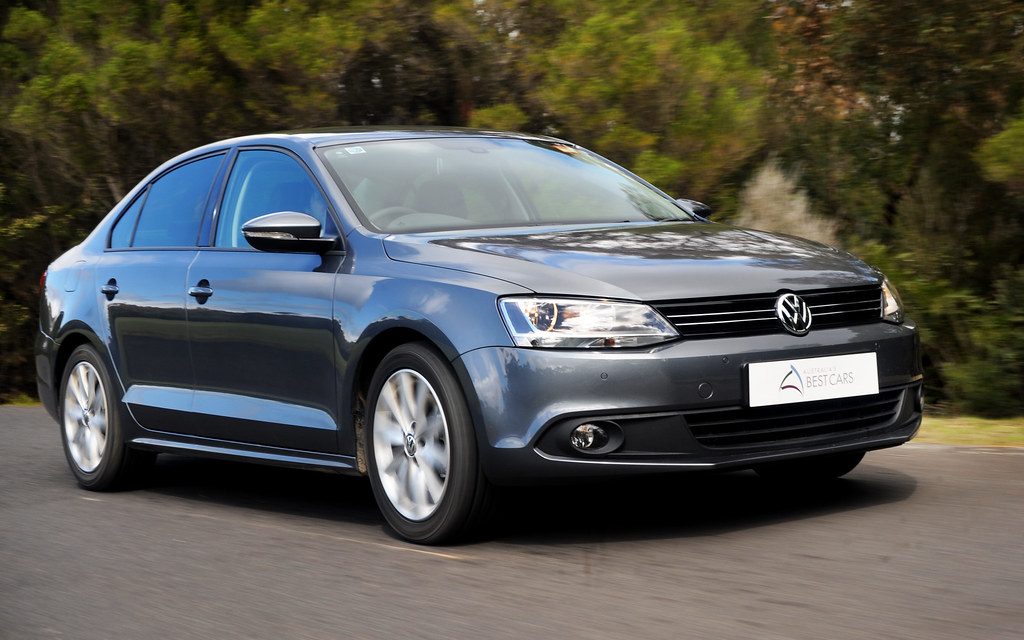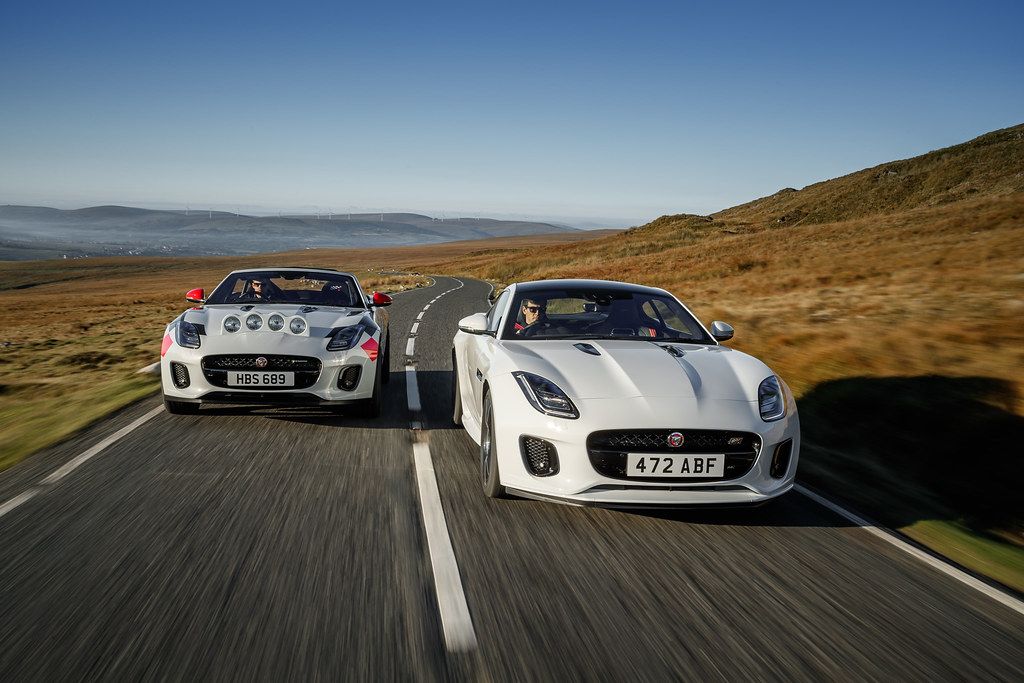
The American automotive landscape, once a bastion of unwavering brand loyalty, is undergoing a profound and rapid transformation. For decades, the choice of car was often a generational hand-me-down, a tradition deeply embedded in family histories. However, new data from S&P Global Mobility paints a starkly different picture: brand loyalty is not just declining, it’s plummeting, with only 51.1% of buyers sticking with the same automaker in the first half of 2025. This significant 1.4-point drop from last year, and nearly 4 points lower than in 2020, signals a seismic shift in consumer behavior, driven by a confluence of rising costs, fierce competition, and an abundance of information at buyers’ fingertips.
The average MSRP for a new car in May hitting $50,968 means that value-conscious drivers are increasingly willing to explore new brands, turning away from familiar badges that no longer offer the best proposition. This market churn, fueled by a 4.2% rise in households returning to shop and a jump in “conquest activity” for both mainstream and luxury brands, creates both immense opportunity and existential threat. While some players like General Motors, Ford, and even Mini (surprisingly, in terms of loyalty rise) are navigating these choppy waters, others are struggling to stay afloat. The industry is facing an “endemic inability to truly change” its traditional processes, culture, and mindset, putting many well-known names on the brink.
As the auto market feels “shaky right now,” with rising costs, higher interest rates, fading luxury sales, and shifting buyer habits piling on pressure, experts are openly questioning the survival of some carmakers. For consumers, this can mean a future of falling resale values, vanished warranties, and a scarcity of parts. We are witnessing a quiet, yet profound, reshuffling of the automotive deck, where brand loyalty is no longer a guarantee, and only those truly committed to “end-to-end transformation” will endure. Let’s delve into the first six brands that are currently facing severe challenges and appear to be fading fast from the American car market.
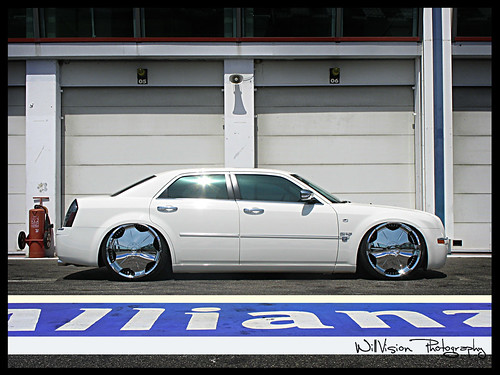
1. **Chrysler: A Fading Legacy on the Brink** Chrysler, once a cornerstone of American automotive innovation, has seen its market presence diminish dramatically, to the extent that “many car buyers forget it’s still around.” This precipitous decline is not a recent phenomenon; sales have “tumbled for years,” indicating a deep-seated struggle within the brand. The once-diverse Chrysler lineup has withered to a single viable option, the Pacifica, leaving a gaping void where sedans and other popular segments once thrived.
The brand’s strategic missteps are evident in the discontinuation of its iconic models without adequate replacements. The Chrysler 300 sedan, a vehicle that for years carried the torch of American luxury, “bowed out in 2023 with no successor.” This move, coupled with the cancellation of the much-anticipated Airflow EV before it even had a chance to launch, demonstrates a profound lack of commitment or inability to execute a forward-looking product strategy from its parent company, Stellantis.
This inertia has left its dealer network in a state of limbo. Dealers report “they’re just waiting for updates that never come,” a sentiment that speaks volumes about the perceived lack of a coherent future vision for the brand. In an auto market increasingly defined by rapid innovation and new model introductions, Chrysler’s stagnation makes it a clear outlier, failing to capture the attention of new buyers or retain the loyalty of existing ones.
The broader market conditions, characterized by “rising costs, higher interest rates, fading luxury sales, and shifting buyer habits,” only exacerbate Chrysler’s precarious position. Without a compelling, modern lineup or a clear roadmap for future development, the brand lacks the leverage to compete effectively. Consequently, “many expect Chrysler to be one of the first brands on the chopping block,” symbolizing a potential end to a storied automotive chapter.
Car Model Information: 2018 Chrysler Pacifica Hybrid Limited
Categories: All set index articles, Articles with short description, Chrysler vehicles, Set index articles on cars, Short description is different from Wikidata
Summary: Chrysler Pacifica is a nameplate used by Chrysler for a variety of vehicles.
The name was first used on a luxury minivan concept vehicle in 1999, and later a crossover concept in 2002.
From 2004 to 2008, it was used on a mid-size crossover, and since the 2017 model year, it has been used as the Town & Country minivan’s replacement.
Vehicles using the nameplate are:
Chrysler Pacifica concept (1999), concept minivan
Chrysler Pacifica concept (2002), concept crossover
Chrysler Pacifica (crossover) (2004–2008), production version of the 2002 concept
Chrysler Pacifica (minivan) (2017–present), Chrysler Town & Country replacement
Get more information about: Chrysler Pacifica
Buying a high-performing used car >>>
Brand: Chrysler Model: Pacifica
Price: $17,961 Mileage: 106,685 mi.

2. **Mitsubishi: A Quiet Retreat from the American Market** Mitsubishi, a brand that once held a more prominent position in the American automotive landscape, now “feels like it’s fading from the American car market.” Its struggle is quantitatively stark, with its market share having “dipped under 1%” and annual sales “barely crack[ing] 87,000 a year.” These figures paint a clear picture of a brand losing its foothold, struggling to capture significant consumer interest in a highly competitive environment.
Operational challenges have further compounded Mitsubishi’s woes. The brand faced tangible supply chain disruptions, with “tariffs even left shipments stuck at ports,” directly impacting inventory levels at dealerships. This meant “dealers had little to sell,” severely limiting their ability to engage potential buyers and maintain sales momentum. Such external pressures, combined with internal strategic shortcomings, have created a difficult operating environment.
A significant concern for Mitsubishi is its product lineup, which “looks dated,” failing to resonate with modern consumer preferences. Beyond aesthetics, buyers frequently “complain about weak quality,” a critical flaw in an industry where reliability is a key driver of loyalty and repeat business. In an era where technological advancement and electrification are paramount, Mitsubishi’s absence of “No real push into EVs has shown up either” places it at a severe disadvantage against competitors.
The cumulative effect of these factors has led analysts to conclude that the brand “seems to be slowly backing away from North America.” This strategic retreat mirrors the path taken by other automotive players, such as Suzuki, years ago, suggesting a gradual, yet seemingly inevitable, withdrawal from a market where it can no longer compete effectively. Mitsubishi’s narrative is one of a once-present brand slowly but surely receding from view.

3. **Nissan: Navigating a Perilous Descent** Nissan, a brand that once commanded a substantial presence in the U.S. market, has experienced a severe downturn, with its market share “dropping from more than 8%… to about 4%.” This halving of its market footprint signals a profound struggle, indicative of broader issues impacting the brand’s competitiveness and appeal. The company has faced “big losses at home” and even approached a merger with Honda, a deal that ultimately “fell apart,” highlighting its precarious financial and strategic position.
A major technical hurdle for Nissan has been its persistent issues with Continuously Variable Transmissions (CVT). Drivers “still complain about unreliable CVT transmissions,” a long-standing problem that has tarnished the brand’s reputation for durability and quality. This critical mechanical flaw has driven customers towards more “reliable alternatives like Toyota and Subaru,” directly impacting sales and loyalty in a segment where trust is paramount.
The brand’s foray into electric vehicles, a crucial growth area for the industry, has also “hasn’t gained traction.” In a rapidly electrifying market, Nissan’s inability to establish a strong EV presence leaves it vulnerable to agile new entrants and established competitors. Furthermore, its “oversized” dealer network, as described by dealers, adds to operational inefficiencies and overhead costs, further straining the company’s financial health.
The internal turmoil at Nissan underscores the severity of its challenges. The company has seen its “profits plunge,” leading to significant executive changes, including the CFO’s resignation and the CEO taking a “50% pay cut.” While Nissan is “banking on a partnership with Honda and Mitsubishi” to stem the tide, analysts issue a stern warning: the brand “may only have a year or so to steady itself before things unravel.” This places Nissan on a critical timeline, facing immense pressure to enact fundamental change.
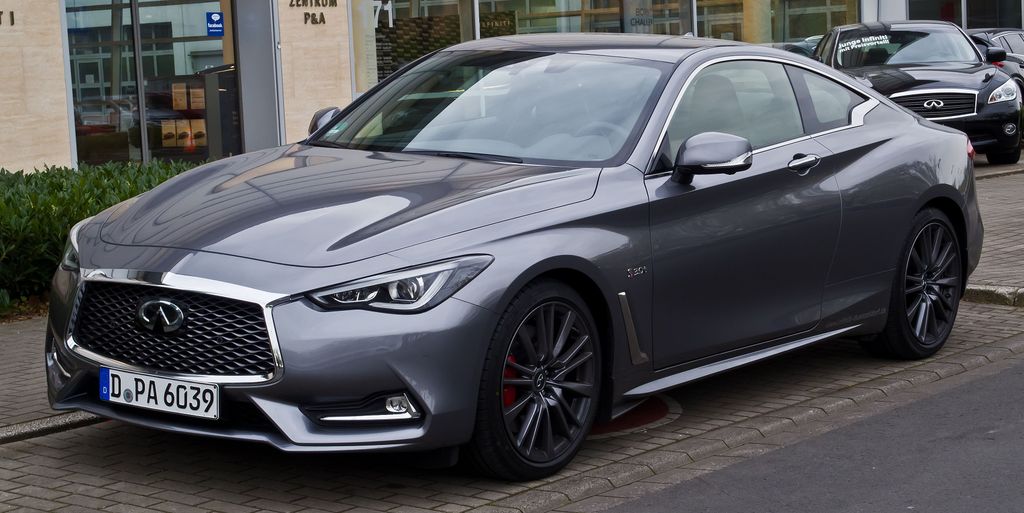
4. **Infiniti: Shrinking Footprint in the Luxury Segment** Infiniti, Nissan’s luxury arm, has endured a particularly challenging decade, struggling to “keep its footing in the luxury market.” The brand has witnessed a dramatic decline, with “sales dropped almost in half over the past decade.” This substantial erosion of its customer base highlights its diminishing appeal and inability to compete effectively against rival premium brands, which are actively vying for a fragmenting luxury market.
The brand’s declining performance has led to significant operational retrenchment. “Many standalone showrooms have already closed,” a visible sign of Infiniti’s shrinking physical presence and financial strain. Furthermore, “tariff disputes left shipments frozen,” directly impacting inventory levels and sales opportunities, leaving “dealers had little inventory to offer” to discerning luxury buyers who expect immediate availability and choice.
Infiniti’s product pipeline is also facing severe contraction. The “production of the QX50 and QX55 is also scheduled to stop by the end of 2025,” signaling a further reduction in its already limited model offerings. While “Nissan says it wants to reshape Infiniti into a more premium line,” the current reality indicates a brand in retreat. Its strategy appears to be one of adaptation through consolidation, with Infiniti “merging into Nissan showrooms instead” as a “cost-saving effort.”
This strategic shift, while intended to “preserve the brand while trimming overhead,” inevitably makes Infiniti “less visible” to luxury consumers. The brand’s struggle reflects a broader trend of “fading luxury sales” and increased competition, where buyers are “leaning toward homegrown luxury brands.” In this demanding environment, Infiniti “feels like it’s shrinking fast,” a clear example of a brand adapting behind the scenes, but at the cost of its once distinct identity and market presence.

5. **Alfa Romeo: Unfulfilled Promises in the American Market** Alfa Romeo’s much-anticipated return to the U.S. in 2014 was met with considerable excitement and “big promises,” positioning itself as an exotic, performance-oriented challenger. However, a decade later, “the shine has worn off.” The brand’s sales figures tell a stark story of underperformance, with “Fewer than 20,000 cars were sold nationwide last year,” indicating a failure to capture a significant market share despite its storied heritage and distinct styling.
A key impediment to Alfa Romeo’s growth has been its limited and aging product portfolio. The brand’s “lineup has shrunk to just two aging models,” offering minimal choice to potential buyers in a market that demands variety and continuous innovation. This lack of fresh models, combined with a thin “dealer network [that] feels too thin to support growth,” has severely hampered its ability to expand its reach and attract new customers.
Compounding these issues are persistent concerns over vehicle reliability. “Reliability complaints haven’t helped” the brand’s image, a critical factor for luxury and performance vehicle owners who expect premium quality and trouble-free ownership. In a segment where brand reputation is paramount, these issues undermine confidence and deter potential buyers from investing in Alfa Romeo vehicles.
The parent company, Stellantis, has provided little indication of a revitalized strategy for Alfa Romeo in the U.S., as it “hasn’t rolled out new plans.” This absence of a clear path forward leads many in the industry to “wonder how much longer the brand will stick around in the American market.” With dwindling sales, an unexpanded lineup, and lingering quality concerns, Alfa Romeo finds itself at a critical juncture, struggling to justify its continued presence.
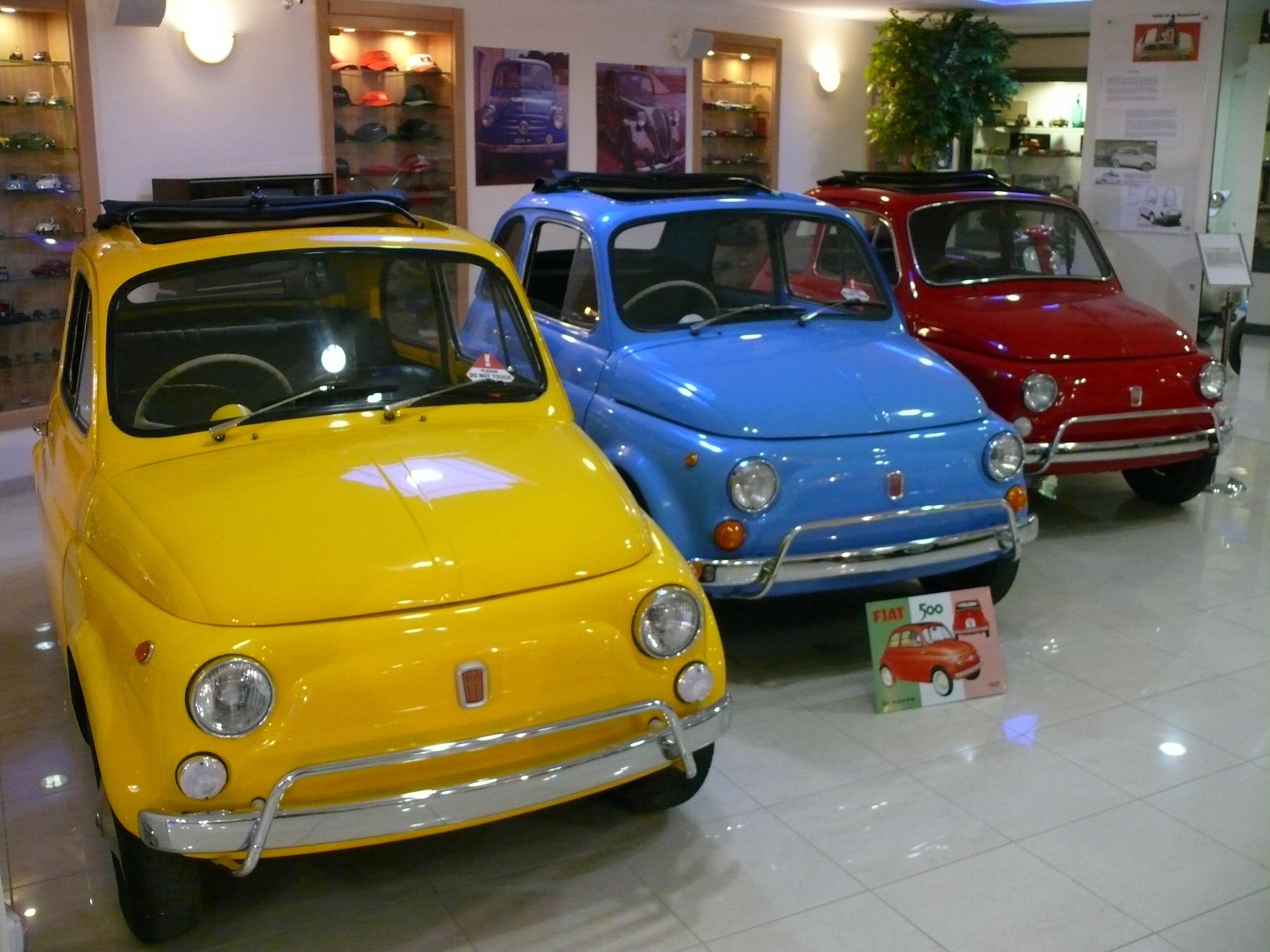
6. **Fiat: A Near Disappearance from U.S. Dealerships** Fiat, another brand under the Stellantis umbrella, has experienced an even more dramatic retreat from the U.S. market, having “nearly vanished” entirely. The sales figures are truly staggering in their low numbers: “Only about 1,500 cars were sold nationwide in 2024,” rendering its presence “almost invisible” to the average American car buyer. This represents a catastrophic loss of market share and consumer relevance.
The brand’s decline is evident at the dealership level, where “interest is nearly gone, and many have already closed their doors.” The disappearance of Fiat from local markets is not just a statistical phenomenon but a visible reality, reflecting a complete erosion of demand. This trend is not confined to the U.S. either; “Global sales are slipping too, with Stellantis reporting a steep drop in profits” for the brand.
As with many struggling brands, reliability has been a significant Achilles’ heel. “Reliability complaints linger,” deterring any lingering potential buyers and further damaging the brand’s already fragile reputation. The practical consequence of this low market penetration and poor perception is that “parts can be hard to find,” creating a logistical nightmare for existing owners and a disincentive for new ones.
With sales numbers so profoundly low, “many drivers feel like Fiat is already more of a memory than an active brand.” Its struggle highlights the extreme difficulty of maintaining a viable presence in a highly competitive market without consistent investment, a compelling product lineup, and a strong brand perception. Fiat’s story is a stark warning of how quickly a brand can fade when it fails to connect with the evolving demands of consumers.
Navigating this turbulent automotive market, a second wave of once-dominant brands finds itself grappling with similar, if not intensified, challenges. From struggling to maintain a distinct identity to fumbling the crucial transition to electric vehicles, these next six names are facing critical junctures that will determine their long-term viability.
7. **Mini: Identity Crisis Amidst Shifting Tides** Mini, a brand long celebrated for its distinctive charm and quirky appeal, is confronting a complex reality. Despite being a surprising standout in terms of loyalty, showing a sharp rise of over four points in a year, its sales performance paints a starkly different picture. The brand has seen its sales plummet dramatically over the past decade, a decline exceeding 60%, with nearly 40% of that drop occurring within just the last five years alone. This divergence between loyal existing owners and declining new buyer interest underscores a fundamental challenge for the brand.
A significant contributor to Mini’s struggles appears to be its strategic direction regarding its product lineup. While the brand expanded its offerings, many buyers perceive this expansion as having “watered down the brand’s charm.” The essence that once made Mini a unique and compelling choice has, for some, been diluted by a broader, less focused product range, making it harder for the brand to stand out in an increasingly crowded market segment.
Furthermore, Mini’s entry into the critical electric vehicle (EV) segment has been notably slow. In an era where rapid electrification is a key driver of consumer interest and future growth, this hesitancy places Mini at a disadvantage against competitors who have moved more aggressively. This slow pace in EV adoption, combined with the perception of a diluted brand identity, highlights a struggle to adapt to contemporary automotive trends.
The future of Mini appears to be under close scrutiny by its parent company. Analysts speculate that BMW, Mini’s owner, might consider a significant restructuring, potentially keeping only one model alive while integrating the rest of the Mini brand into its own lineup. This forecast suggests a drastic pivot, indicating that the brand’s current trajectory is unsustainable without a substantial strategic overhaul.

8. **Maserati: Italian Luxury Derailed by Tariffs and Slow Electrification** Maserati, once a symbol of Italian luxury and performance that generated strong profits from the U.S. market, has encountered a precipitous decline. The brand experienced a severe setback with sales dropping by 57% in 2024 alone, signaling a significant loss of market traction. This downturn is particularly concerning for a premium marque that traditionally relied on its exclusive appeal.
A major external factor exacerbating Maserati’s woes is the impact of tariffs. With every model sourced from Italy, these tariffs have effectively inflated prices by approximately 25%, making Maserati vehicles less competitive against rivals. Simultaneously, consumer preferences in the luxury segment are shifting, with buyers increasingly “leaning toward homegrown luxury brands,” further eroding Maserati’s market share and leaving it struggling to attract discerning customers.
Internally, Maserati’s push into the electric vehicle market has notably “trails behind” that of many competitors. In a luxury segment increasingly defined by innovation and sustainable performance, this delayed electrification strategy puts Maserati at a severe disadvantage. The absence of a compelling and timely EV offering restricts its appeal to a growing segment of affluent, environmentally conscious buyers.
The compounding effects of declining sales, tariff-driven price increases, shifting consumer preferences, and a slow EV rollout have led analysts to a grim prognosis. Many believe that Stellantis, Maserati’s parent company, may need to explore drastic measures such as selling, merging, or even closing the brand if current trends do not reverse course. This underscores the precarious position of a brand that once commanded significant prestige. Furthermore, the broader trend of dealership closures has also impacted Maserati, with dozens of its showrooms shutting down in 2024, visibly diminishing its market presence.
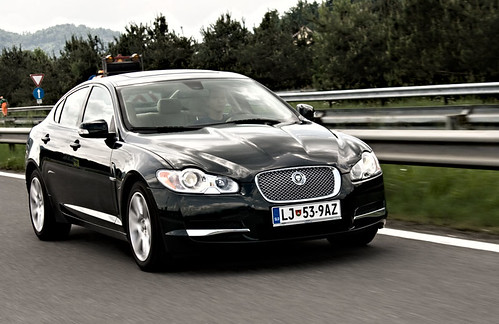
9. **Jaguar: A Dramatic Electrified Reinvention with Steep Risks** Jaguar, a brand synonymous with British luxury and exhilarating performance, is in the midst of an unprecedented and dramatic reinvention. The company made the bold decision to cease the production of all combustion-engine models in 2024, including iconic fan favorites like the F-Type and E-Pace. This radical shift aims to reposition Jaguar as an entirely all-electric marque by 2026, fundamentally altering its century-old identity.
However, this transition has come at a steep cost in the short term. Sales have plummeted, with a staggering 97.5% drop in 2025, as Jaguar effectively phases out the very vehicles that built its reputation. While this move is intended to pave the way for an entirely new, electrified identity, it presents enormous risks, particularly in maintaining market relevance during this transitional period without compelling new electric models immediately available.
Adding to Jaguar’s challenges is a persistent issue with reliability, which has long been its downfall despite its luxury credentials. Models like the XF, XE, and F-Type have been plagued by problems ranging from engine failures and superchargers to troublesome electronics, driving customers away. Such quality concerns undermine the premium experience expected from a luxury brand and make it difficult to regain trust.
The strategy to pause new model launches in an attempt to rebrand as a niche luxury player appears to have backfired, leading to a significant decline in brand recognition and a lack of new vehicles to entice buyers. With no new models to sustain interest and a damaged reputation for quality, Jaguar’s future in North America faces serious risk, representing a profound example of a fading car brand in its original, combustion-engine form.

10. **Jeep: Reliability Woes Undermine a Rugged Image** Jeep, a brand historically celebrated for its ruggedness and durable off-road capabilities, is facing a severe erosion of its reputation. Its once-unquestioned image for reliability has taken a significant hit, with models such as the Compass and Grand Cherokee suffering from a litany of quality issues, including problems with lighting and brake failures. More infamously, the Wrangler has been associated with the notorious “death wobble,” a critical safety concern that deeply impacts consumer confidence.
Compounding these reliability challenges is parent company Stellantis’s attempt to elevate Jeep into the luxury segment. Despite pushing for premium pricing, with some vehicles exceeding $80,000, buyers are showing a strong unwillingness to pay such high prices for vehicles that consistently suffer from poor reliability and frequent recalls. This disconnect between pricing strategy and product quality has created a major barrier to sales and market acceptance.
The result of these misaligned strategies and persistent quality issues is a troubling trend of falling sales and a progressively damaged brand reputation. In an automotive market where discerning buyers have abundant choices and high expectations for value, Jeep’s current trajectory raises serious questions about its long-term viability. The brand is finding it increasingly difficult to compete effectively when its core promise of durability is compromised.
With its sales declining and its reputation for quality significantly impaired, the future of Jeep is now uncertain. The brand’s ability to rectify these deep-seated issues and restore consumer trust will be crucial in determining whether it can reclaim its once-dominant position or continue its current path toward an increasingly precarious existence in the American market.
Car Model Information: 2021 Jeep Wrangler Unlimited 4xe Rubicon
Name: Jeep Wrangler
Caption: Jeep Wrangler Unlimited, Sahara edition
Manufacturer: Jeep
Class: Compact SUV
Production: 1986–present
Predecessor: Jeep CJ
Layout: Front-engine, rear-wheel-drive layout,rear-wheel drive
Chassis: Body-on-frame
Related: AIL Storm
Categories: 1980s cars, 1990s cars, 2000s cars, 2010s cars, All-wheel-drive vehicles
Summary: The Jeep Wrangler is a series of compact and mid-size four-wheel drive off-road SUVs manufactured by Jeep since 1986, and currently in its fourth generation. The Wrangler JL, the most recent generation, was unveiled in late 2017 and is produced at Jeep’s Toledo Complex.
The Wrangler is a direct progression from the World War II Jeep, through the CJ (Civilian Jeeps) produced by Willys, Kaiser-Jeep, and American Motors Corporation (AMC) from the mid-1940s through the 1980s. Although neither AMC nor Chrysler (after it purchased AMC in 1987) have claimed that the Wrangler was a direct descendant of the original military model — both the CJ Jeeps and the conceptually consistent Wrangler, with their solid axles and open top, have been called the Jeep model as central to Jeep’s brand identity as the rear-engine 911 is to Porsche.
Similar to the Willys MB and the CJ Jeeps before it, all Wrangler models continue to use a separate body and frame, rigid live axles both front and rear, a tapering nose design with flared fenders, a fold-flat windshield and can be driven without doors. Also, with few exceptions, they have part-time four-wheel drive systems, with the choice of high and low gearing, and standard open bodies with removable hard or soft tops. However, the Wrangler series was specifically redesigned to be safer and more comfortable on-road, to attract more daily drivers, by upgrading its suspension, drivetrain, and interior, compared to the CJ line. The suspension on all Wranglers included trackbars and anti-roll bars, and, from the 1997 TJ onwards, front and rear coil springs instead of the previous leaf springs.
From 2004 on, the Wrangler has been complemented with long-wheelbase versions, called Wrangler Unlimited. 2004-2006 models were longer versions with 2 doors. In 2004 only automatic transmission-equipped “Unlimited” versions were sold. In 2005 both an automatic and manual 6-speed (NSG-370) were offered. Since 2007, the long-wheelbase Wranglers were four-door models, offering over 20 in (508 mm) more room. By mid-2017 the four-door models represented three-quarters of all new Wranglers on the market.
Get more information about: Jeep Wrangler
Buying a high-performing used car >>>
Brand: Jeep Model: Wrangler
Price: $31,961 Mileage: 68,966 mi.
Read more about: Steer Clear! Unpacking 13 Overrated Car Brands That Are All Hype, No Substance – Reliability Gaps & High Upkeep Drive Frustration

11. **Volkswagen: Quality Crisis and Stalled EV Ambitions** Volkswagen, a global automotive giant, is currently embroiled in a significant quality crisis that has severely impacted its standing in the market. The brand has been plagued by a host of reliability problems, including persistent engine failures, timing chain issues, and carbon buildup. These widespread mechanical concerns have undeniably damaged Volkswagen’s reputation, pushing customers toward more dependable alternatives and eroding the trust that is vital for brand loyalty.
Despite a concerted push toward electric vehicles, exemplified by models like the ID.4, Volkswagen’s EV strategy “hasn’t gained traction” in the U.S. market. Many potential buyers remain hesitant about key aspects of EV ownership, citing concerns over range in colder climates and the availability and reliability of charging infrastructure. This lack of enthusiastic adoption for its electric lineup leaves Volkswagen vulnerable in a rapidly electrifying industry.
Simultaneously, the brand’s focus on its EV transition appears to have come at the expense of its internal combustion engine (ICE) lineup, which has been “neglected.” This dual challenge—a struggling EV rollout and an underperforming traditional fleet—has led to a significant drop in overall sales, further intensifying the brand’s difficulties in a highly competitive market.
The financial repercussions of these struggles are clear, with Volkswagen facing “mass layoffs and declining profits.” The company is clearly struggling to maintain its competitive edge across both the ICE and nascent EV markets. With its factories experiencing controversial closures, Volkswagen is at a critical juncture, needing to urgently address its quality issues and refine its EV strategy to prevent further erosion of its market position.
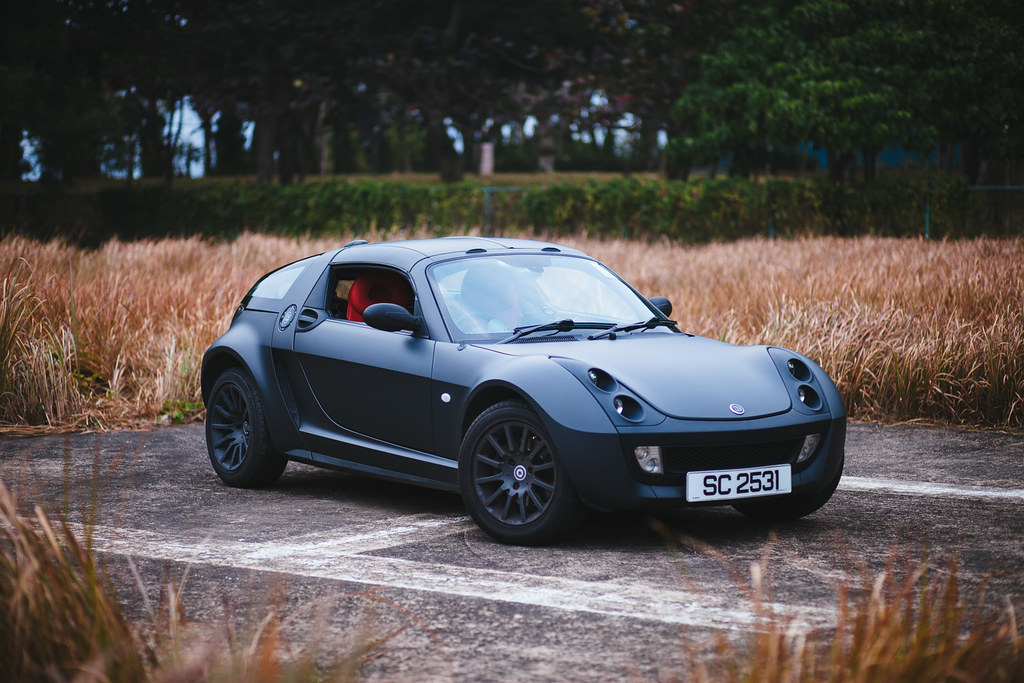
12. **Smart: A Rapid Disappearance from the U.S. Stage** Smart cars, once a distinct and innovative presence, have made a complete and almost overnight exit from U.S. dealerships, disappearing entirely after 2019. This swift withdrawal underscores the immense challenges smaller, niche brands face in a market dominated by larger, more diverse offerings. The brand’s low sales volume in the U.S., combined with the high costs associated with adapting its vehicles to stringent American regulations, ultimately proved unsustainable for its parent company, Daimler AG.
The brand’s strategic shift to offering electric-only models, while a forward-thinking move, was ultimately “not enough to save it stateside.” Despite the global automotive industry moving towards electrification, Smart’s electric offerings failed to generate sufficient interest or sales momentum to justify its continued presence in the highly competitive American market. This illustrates that even a commitment to future-oriented technology cannot guarantee success without broader market appeal and operational efficiency.
Smart’s departure serves as one of the most notable examples of a car brand that “practically disappeared overnight” from the U.S. automotive landscape within the last decade. Its story is a stark reminder of how quickly a brand can fade when it struggles to establish a significant foothold, adapt to regulatory demands, or capture consumer imagination in a meaningful way.
The stories of these twelve car brands paint a vivid picture of an automotive industry in flux. The traditional pillars of loyalty and established reputation are no longer sufficient to guarantee survival. As consumer preferences shift dramatically towards value, innovation, and increasingly, electric propulsion, brands that fail to enact fundamental, end-to-end transformation are finding themselves on a fast track to obsolescence. The ability to embrace new design, build, and delivery models, to innovate at an accelerated pace, and to truly understand the modern driver’s expectations will determine which names endure and which fade into history. The road ahead for these companies is challenging, demanding not just tweaks, but a radical overhaul of mindset, culture, and process to stay relevant. Ultimately, it is the choices made today that will decide whether they bounce back or become cautionary tales in the annals of automotive history.



